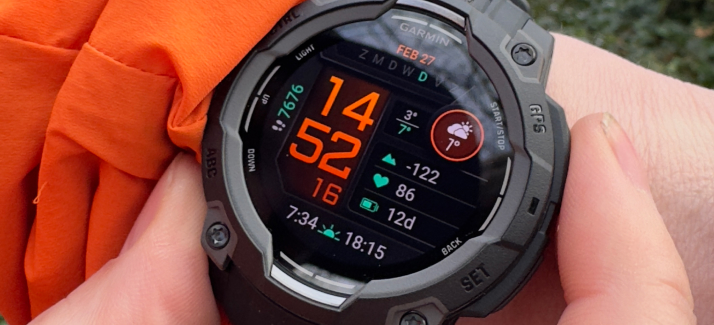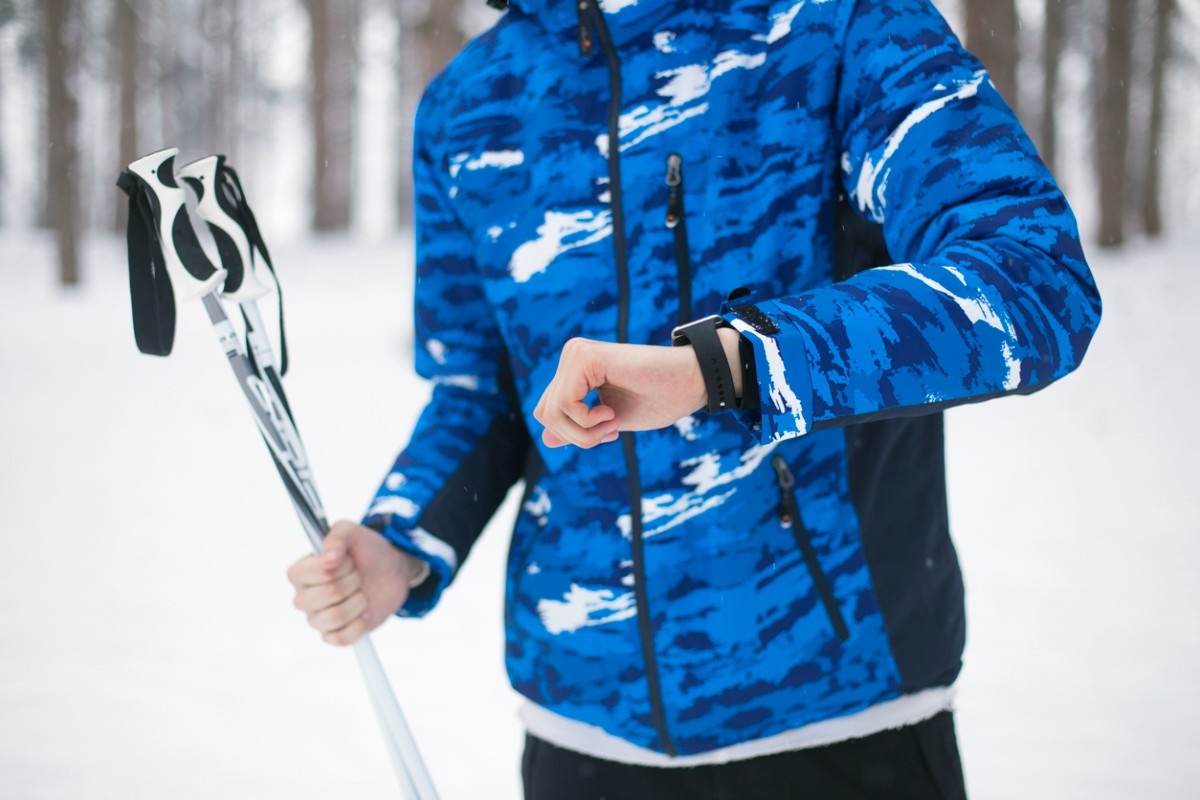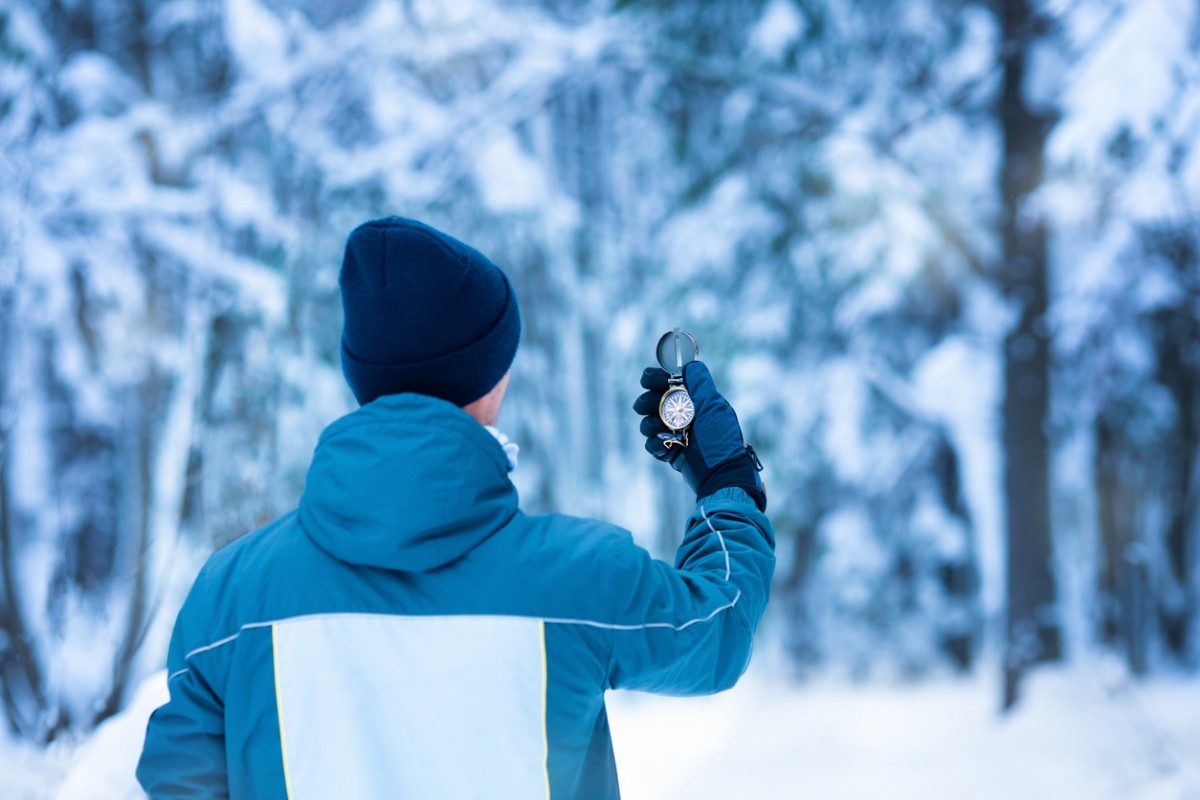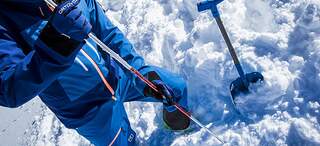ELECTRONICS BUYING GUIDE
In the exhilarating realm of snowsports, modern electronics have evolved from mere luxuries to essential tools that enhance safety, performance, and enjoyment on the slopes. Whether you are a seasoned skier carving through backcountry powder or a snowboarder chasing freestyle lines, harnessing the right technology elevates every adventure. This comprehensive electronics buying guide from Snow+Rock distills expert advice, technical considerations, and real-world buying strategies to empower your next purchase decision.
Why Outdoor Electronics Matter
The fusion of technology and snowsports has reshaped the athlete’s experience, offering enhanced safety, precise navigation, and new avenues for adventure documentation. Elevation tracking, speed analysis, avalanche rescue systems, and hands-free recording are no longer futuristic fantasies—they are present-day essentials in the kitbag of every thoughtful mountain explorer.
Key Categories of Snowsports Electronics
GPS Watches & Wearables
Wrist-mounted tech allows real-time tracking of your stats—speed, distance, elevation, and heart rate—right on your arm. Top-tier models like the Suunto 9 Baro surge ahead with robust battery life, altitude calibration, smartpower modes, and customisable displays. These watches often feature GPS navigation, compass functions, storm alerts, and sport-specific modes. They help plan your nutrition and pace, making them indispensable tools for all-day touring, splitboarding, or resort days.
Key Terms:
- GPS (Global Positioning System): Satellite-based navigation for precise location data.
- Barometric Altimeter: Sensors that measure elevation using atmospheric pressure.
- ANT+/Bluetooth: Wireless connectivity protocols for pairing with additional sensors (heart rate straps, temperature pods).
Avalanche Transceivers & Safety Gear
For backcountry riders, avalanche transceivers, probes, and shovels are non-negotiable. Transceivers transmit a signal to help rescuers locate you in the event of a burial. Modern models use triple-antenna technology, auto-revert to transmit mode after inactivity, and digital displays for pinpoint accuracy. Interference reduction is essential: keep electronics and magnets (including smartphones or GoPros) at least 20cm from your transceiver to avoid signal disruption.
Key Terms:
- Transmit/Receive Modes: Switch between sending your location and searching for others.
- Triple Antenna: Improves spatial accuracy for buried signal detection.
Action Cameras & Mounts
Recording every twist and turn is now easier. Action cameras offer 4K video, image stabilisation, and waterproof housings. Features such as burst mode (fps rate), panoramic time-lapse, and Bluetooth/Wi-Fi sync for instant sharing are common in advanced models—great for capturing that big line or sharing memories with friends.
Power Banks & Portable Chargers
Cold destroys battery life. A reputable power bank is nearly as critical as the devices themselves, doubling as both a charger and a source of emergency light or warmth. Seek high-capacity models (measured in mAh) with fast-charging protocols (USB-C, PD-QC compatibility) for full-day adventures.
Audio Devices & Headphones
Whether pumping music for the chairlift or tuning into GPS instructions, audio headsets designed for helmets—with glove-friendly controls and ambient sound pass-through—are strong options. Always ensure your headphones allow for adequate environmental awareness.
Core Features and Technical Specifications Explained
IP Ratings (Ingress Protection):
Indicate resistance to water and dust—IPX7, for example, means submersion up to 1 metre for 30 minutes; IP68 denotes higher dust and water resistance. For snow use, always choose at least IPX7-rated devices.
Battery Performance:
Lithium-ion batteries are standard for most outdoor gear, offering energy density and longevity. Features like ‘smart power management’ adjust performance to extend battery life in low temperatures.
Connectivity—ANT+, Bluetooth, Wi-Fi:
Enables data syncing with smartphones, sensors, or other devices. ANT+ is preferred for fitness sensors, Bluetooth for hands-free audio or file transfers, and Wi-Fi for high-speed media transfers.
Display Types:
Transflective displays stay visible in sunlight, while OLEDs offer vibrant colour but may reduce visibility in very bright or cold conditions.
GPS and GLONASS:
Dual-satellite support improves accuracy at high altitudes or in deep valleys.
Understanding Specifications
- mAh (milliamp hours): Battery storage capacity.
- FPS (frames per second): Video recording smoothness.
- Altitude Calibration: Improved by barometric sensors.
- OTA Updates (Over the Air): For firmware upgrades and bug fixes.
Expert Tips for Buying Electronics Online
Purchasing electronics online provides vast choice and often better deals. However, there are important steps to follow:
- Hammer Down Your Needs: Know whether you require navigation, fitness tracking, documentation, or safety—don’t overbuy.
- Research Deeply: Read customer reviews, consult expert articles, and dive into comparison tables, not just star ratings.
- Evaluate Product Descriptions Critically: Watch for detailed specs, compatibility listings, and realistic feature claims.
- Check Compatibility: Confirm that devices work with your smartphone OS, glove type, helmet style, or existing safety gear.
- Don’t Forget Local Support: Cross-border purchases might limit access to service centres or language support.
Ensuring Safety and Compatibility on the Slopes
Technical gear must complement your snowsports setup rather than complicate it. Here’s how to maximise safety and seamless integration:
- Isolation: Store avalanche transceivers away from all other electronics, metal, and magnets—at least 20cm, per best practice—to avoid signal interference.
- Regular Function Checks: Before each outing, perform checks on batteries, firmware, and device pairing.
- Enclosure and Mounting: Use purpose-made cases, mounts, and housings for all gear, ensuring waterproofing and shock absorption.
- Firmware Updates: Keep all devices updated for bug fixes, new maps, and safety features.
FAQs
- Reliable GPS and barometric altimeter for precise tracking.
- Long battery life that will last your typical adventure.
- Waterproofing and glove-friendly controls.
- Preloaded snowsports modes for skiing, boarding, and touring.
- Keep devices close to your body or in insulated pouches.
- Use battery-saving modes and reduce screen brightness.
- Turn off non-essential connections (Bluetooth/Wi-Fi) when not in use.
- Great for documenting runs, providing feedback, and sharing experiences.
- Look for advanced stabilization, high FPS, and robust mounts for bumpy terrain.
- Essential for backcountry travel—always pair transceivers with a probe and shovel.
- Opt for models with easy-to-read displays and simple user interfaces.
- Check for international warranties, language support, and power compatibility (plug adapters).
Final Checklist Before You Buy
Technical gear must complement your snowsports setup rather than complicate it. Here’s how to maximise safety and seamless integration:
- Isolation: Store avalanche transceivers away from all other electronics, metal, and magnets—at least 20cm, per best practice—to avoid signal interference.
- Regular Function Checks: Before each outing, perform checks on batteries, firmware, and device pairing.
- Enclosure and Mounting: Use purpose-made cases, mounts, and housings for all gear, ensuring waterproofing and shock absorption.
- Firmware Updates: Keep all devices updated for bug fixes, new maps, and safety features.
Selecting the ideal electronics for snowsports is a crucial investment in your safety, performance, and enjoyment—both in the mountains and beyond. By focusing on reliable brands, critical features, and real-world performance, you can navigate the fast-evolving world of technology with confidence. From GPS watches to avalanche transceivers, action cameras to power banks, let expertise, evidence, and a dash of human instinct guide your choice.
For further bespoke recommendations, visit Snow+Rock’s expert advice hub, consult our knowledgeable staff, or connect with our community to share tips, reviews, and the latest tech breakthroughs. See you on the slopes—fully charged and ready!
Related Articles

Let us know you agree to cookies
We use marketing, analytical and functional cookies as well as similar technologies to give you the best experience. Third parties, including social media platforms, often place tracking cookies on our site to show you personalised adverts outside of our website.
We store your cookie preferences for two years and you can edit your preferences via ‘manage cookies’ or through the cookie policy at the bottom of every page. For more information, please see our cookie policy.






